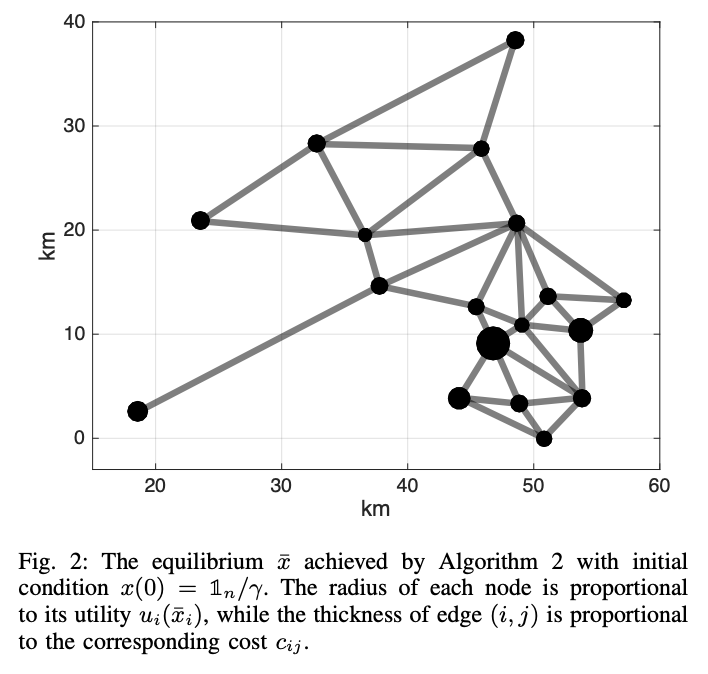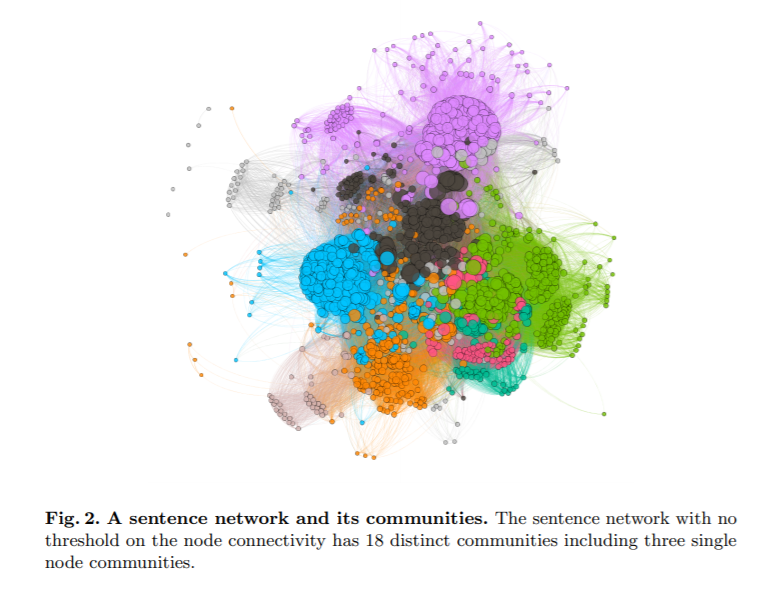So far in our lectures, our understanding of Nash Equilibrium is the solution(s) which are the best responses to all other rational players, where no one can gain by unilaterally changing their response. This makes sense when we take a look at how game theory is applied to simple games – either rock paper scissors, prisoner’s dilemma, and so on. However, life is often far more complex and nuanced than our simple games can model – there are consequences, costs and requirements associated with each decision, and the outcome must be weighed against these costs. It’s not as simple as a win, or lose, and the cost of choosing different responses must factor into how we evaluate the best response to any situation. It is this belief that drove Basilio Gentile, Dario Paccagnan, Bolutife Ogunsula, and John Lygeros – postdoctoral researchers at ETH Zürich – to develop a new model of equilibriums, which factor in the cost of changing actions, which they call the Inertial Nash Equilibrium.
The authors of the paper published in October 2019, titled “The Nash Equilibrium with Inertia in Population Games” describe that applying an inertial model to population games helps generate new understandings of how actors respond to a set of choices. Specifically, they mention that in real life, a set of consequences – monetary, physical, specific limitations, etc. place a “cost” on response changes by the actors. The key insight that they provide for this is the fact that:
“introducing such costs leads to a larger set of equilibria that is in general not convex, even if the set of Nash equilibria without switching costs is so.”
– pg 1, Gentile et al.
I chose this paper because I think it provides a novel idea regarding how we can model population games using game theory concepts. The paper provides numerous examples on how weighted and inertial models of these games lead to interesting analysis – particularly how ride-sharing (Uber, Lyft) drivers disperse themselves throughout metropolitan cities as a function of other drivers (basic Nash Equilibrium), but also as a function of average ride distance, gas cost, speed limits, and more (inertia, getting from one location to the next for ‘better’ ridership incurs cost to the driver, which plays a factor in their decision to stay put).
I found this article particularly interesting due to how it relates well to the content we cover in class pertaining to games, mixed-responses, pure responses, and Nash Equilibriums. We cover a lot of examples of the applications of Social Information Networks and network analysis, so I figured that sharing some of the applications of augmented Nash equilibriums could be interesting too. By introducing the concept of inertia and cost to moves, actors have additional considerations regarding what a Best response may be, which influences what unilateral moves make sense for them to consider. For interested readers that want to learn more about how this affects various topics, particularly ridesharing, please feel free to read the full paper here: https://arxiv.org/pdf/1910.00220.pdf

Reference:
Basilio, G. (2019, October 1). The Nash Equilibrium with Inertia in Population Games. Retrieved November 6, 2019, from https://arxiv.org/pdf/1910.00220.pdf.

